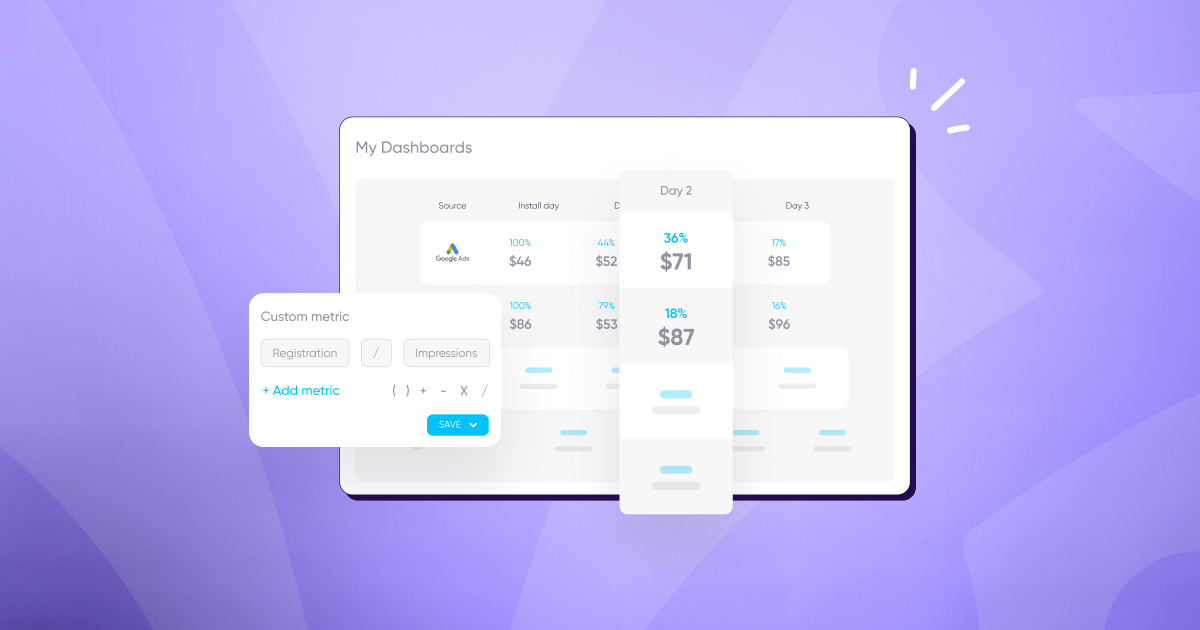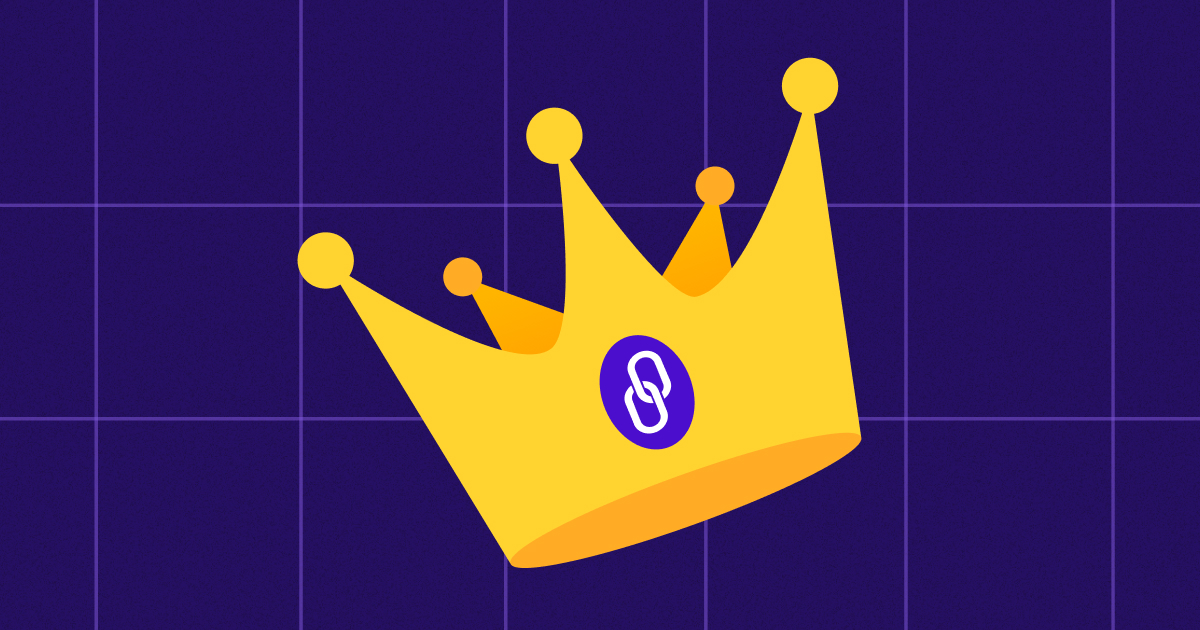
Driving loyalty and lifetime value (LTV) in challenging economic conditions
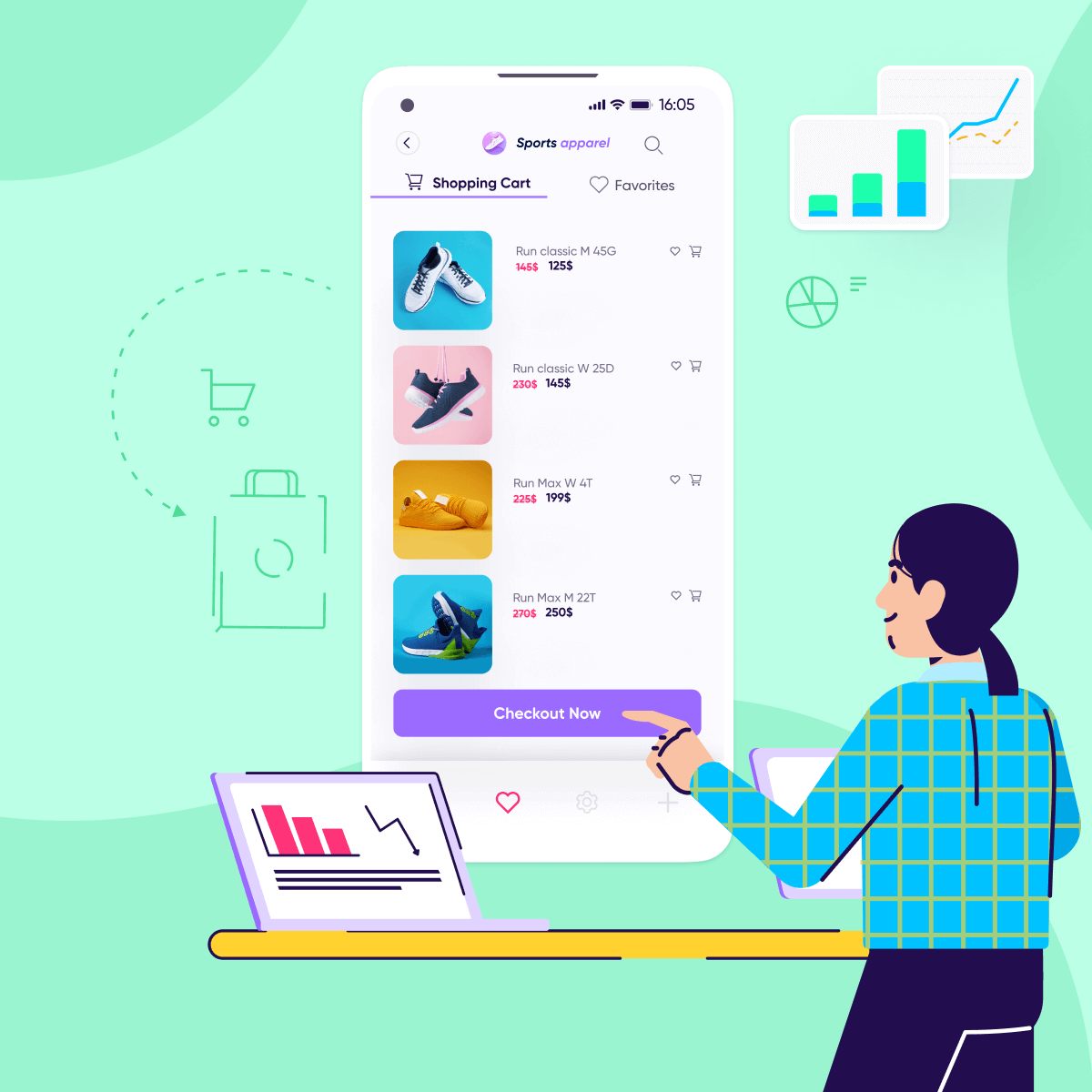
The shopping experience is ever-changing. After a booming ecommerce app market that was accelerated by the pandemic, in-person shopping returned in a big way in 2022 as people flocked back to shopping in-store. In today’s economic conditions, the importance of a stellar in-app experience is higher than ever and can be the difference between a sale and a missed opportunity.
Not only that, it’s become more challenging to retain customers’ brand loyalty, with shoppers far more likely to make a purchasing decision based on price than on their past relationship with a brand or company. In 2023, customers use apps to compare prices and product reviews from a range of retailers and find the best deal for them.
That’s not to say brand loyalty is dead: it’s just harder to earn, and harder still to retain. It remains an immensely valuable asset for any business who can build that strong relationship with their customers. And with roughly 70% of shopping carts abandoned at checkout across the industry, strong brand loyalty can be the difference-maker in your customers seeing their shopping experience all the way through to a completed sale.
Customers who buy your products may not always be engaging with you online. Finding ways to engage with them and nurture their loyalty is a difficult task – but one you can overcome.
Strong product experience for stronger loyalty
In 2022, 53% of ecom apps were uninstalled within a mere 30 days of download. That number rises to 80% after three months. Consider how much time, effort and advertising budget is invested in acquiring users in the first place – and yet four out of every five customers will have moved on with their lives within 90 days.
What can be done to arrest the exodus of users? A strong product experience is key to holding onto your customers and reaping the rewards. Removing disruptions to the user journey and ensuring a seamless experience throughout will keep your users engaged – and we’ve seen the remarkable effects this can have on LTV.
Engaged users produce 3.5x more revenue than non-engaged shoppers, and are 3x more likely to make a repeat purchase. Brands are utilising an array of tools at their disposal to ensure their users’ experience with their app is seamless.
Businesses with an in-store presence are capitalising on the growth of in-person shopping by looking for offline opportunities to engage their customers, such as adding dedicated QR codes to physical items in their stores. When scanned, these QR codes – which some brands are printing directly onto the product tags themselves – lead straight to the app product page. The customer can then order again, browse or leave a review, and shop complementing products.
Other brands use deep linking to deliver users directly to a relevant part of the app, and can be used in everything from mobile push notifications to email messaging and influencer campaigns. Deep linking can even be used to solve the issue of cart abandonment at checkout, by sending the user an email or push notification with a reminder of their abandoned purchase and a call-to-action that lands on the app’s checkout page via a deep link – letting them complete the purchase in just a single click.
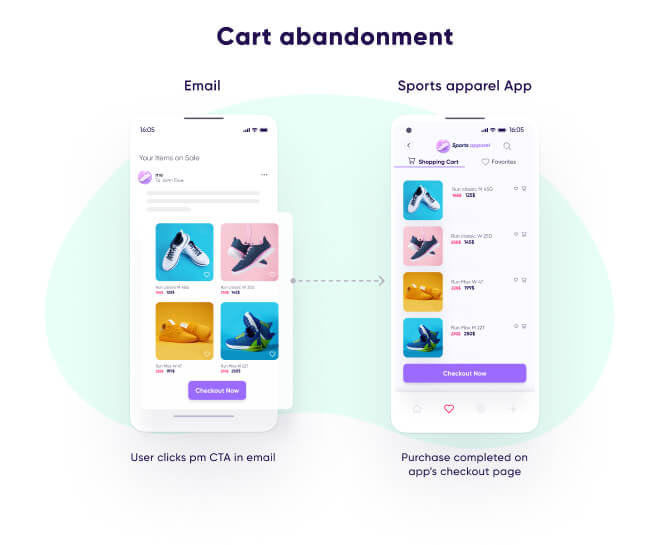
Smart Banners also allow brands to migrate customers from web. While shopping on mobile web a user is served a Smart Banner which redirects to the app installation screen on their device. Once launched, deferred deep linking ensures that users land immediately on the relevant page – Smart Script can also automatically pull through the items they had in their basket on web to their cart in the app for a frictionless user journey.
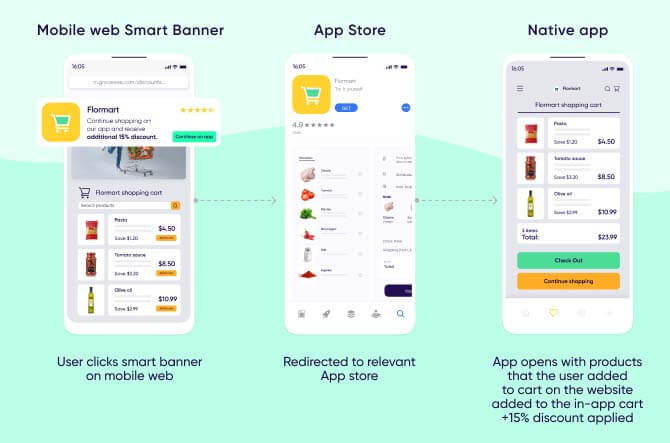
A strong product experience should remove any obstacles and pitfalls in the user journey, and strip out any and all disruption. In many respects, brand loyalty and user retention are describing the same thing. Loyal users stay retained, and retained users become increasingly loyal to your brand. Underpinning it all is a seamless and engaging user experience.
Personalization enhances user experience
Personalisation is a key aspect of driving brand loyalty, increasing conversion rates and raising LTV. It creates emotional connections between you and your customers, and increases the likelihood that they’ll return to your business again and again.
In 2023, shoppers flock to brands where in-app experiences are tailored to them. Leveraging the data at your fingertips, you can apply a personal touch to every interaction with your customers. Everything from personalised campaigns, offers and product listings can help build stronger relationships with your customers.
The power of personalisation is even more important than ever in today’s economy. Having an understanding of which customer segments you may be about to lose to competitors, and then being able to address that with personalised offers or messaging, can make a huge difference to your bottom line.
Personalisation gives you a pathway to engage with customers who may be about to “lapse” from your app, or even those who are still active but have not made a recent purchase. By keeping in contact with these users, you can stay forefront in their minds, making them feel like part of a community and potentially draw them back in to spend again in future.
Reward your existing users
In today’s economic conditions, don’t fall into the trap of taking your existing users for granted and focussing all your efforts on user acquisition. Promotions targeted at new customers, such as a discount for the first six months of a contract, or free delivery on a first order, can be incredibly frustrating for an existing customer to see. Enter loyalty programs and reward schemes.
Shoppers’ increasing cost-consciousness should be viewed as a business opportunity: a chance for you to stand above your competitors. Bear in mind that value-for-money isn’t simply a race to offer a lower price point than others. Instead, it’s a chance to demonstrate value through loyalty programs and reward schemes, tailored to your customers through audience segmentation and personalized messaging.
Existing customers are willing to stick with brands if the right incentive and experience is there, and it’s why brands are prioritising retaining and rewarding loyal customers rather than struggling to find new ones.
Mobile apps have become essential tools for cost-conscious customers looking to save money, find a bargain, or make money for themselves. Downloads for coupons and reward apps have climbed 65% year-on-year, with resale apps like Vinted and Twig also growing 23% in that span.
With engaged users delivering significantly higher LTV for brands, we’re seeing more and more businesses turn to loyalty schemes to reward and retain their customers. Last year, for example, ASDA launched their standalone Rewards app to complement their in-store shopping experience. It swiftly became the fastest-growing shopping app in the UK, with over 5 million downloads since mid-2022.
ASDA Rewards, like many other loyalty apps, offers loyalty programs and rewards that are exclusive to the app itself. In doing so, they funnel in-person shoppers onto mobile, boosting their customers’ engagement with their brand and opening up the opportunity for further sales further down the line.
Key takeaways
Retaining your customers is key to growing brand loyalty; growing brand loyalty is key to retaining your customers. In tough economic conditions, there are plenty of ways to ensure that your users stay loyal and provide high LTV:
- Disruptions reduce brand loyalty: provide a strong product experience and seamless user journey via deep links, Smart Banners and more.
- Personalization adds value: consumers expect to shop with brands where the in-app experience, marketing and messaging is tailored specifically to them.
- Don’t take existing users for granted: loyalty programs and reward schemes keep users engaged and produce significantly higher LTV for brands.


